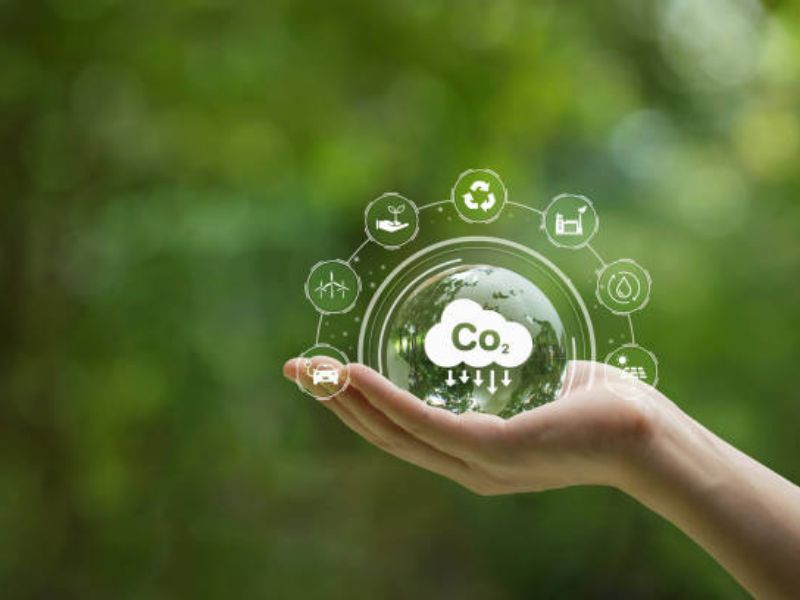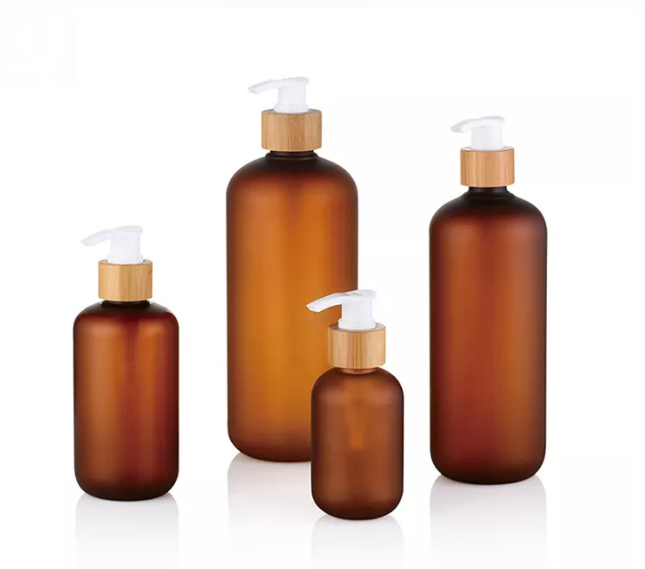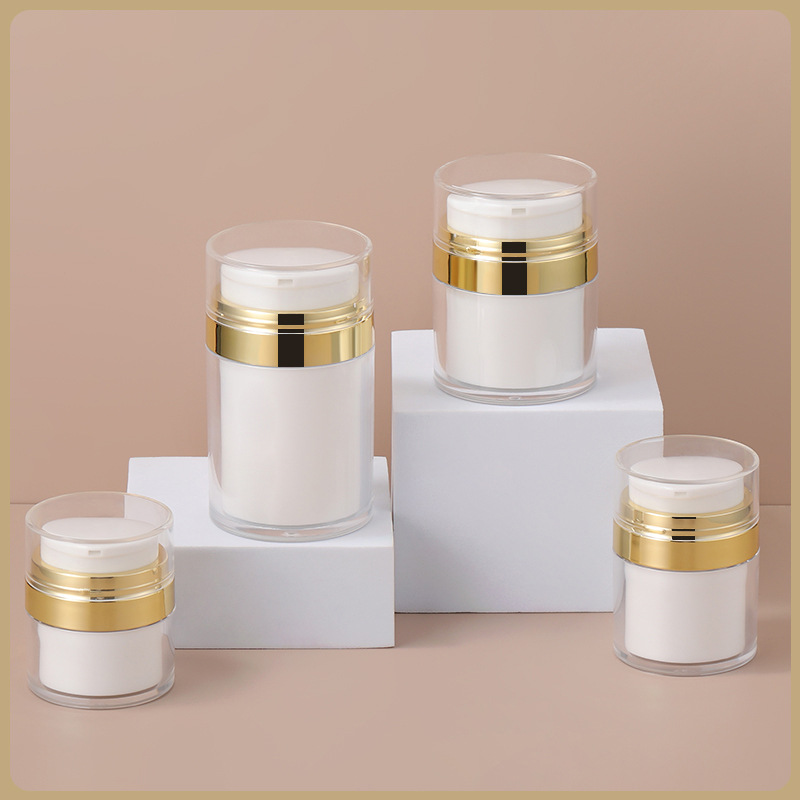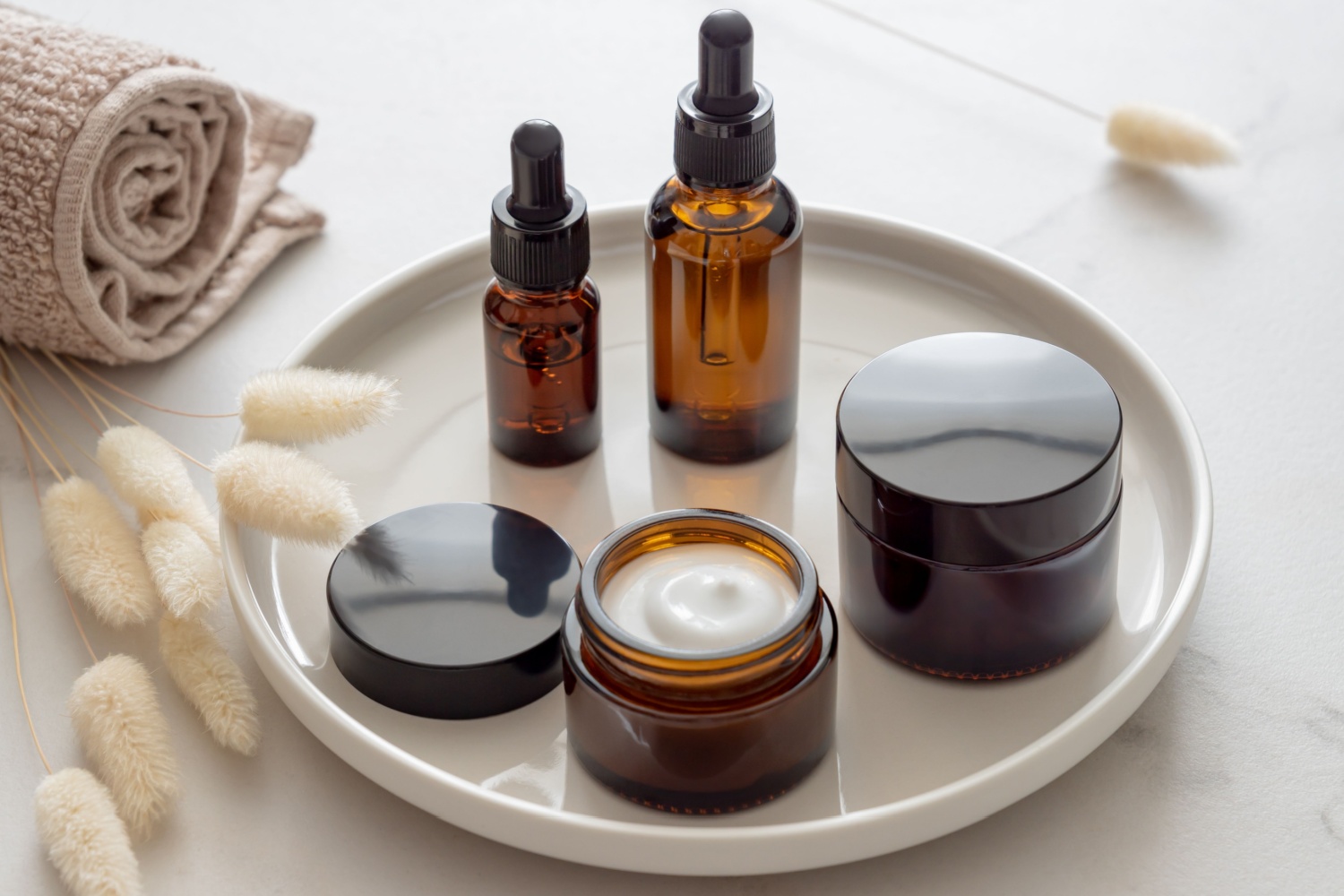In the realm of sustainable packaging, PCR materials are making waves. PCR, or post-consumer recycled content, is a term that’s been popping up more and more in the packaging industry. But what is PCR material, and why is it so important?
PCR materials are derived from post-consumer recycled plastics, essentially giving a second life to plastic waste. This innovative approach is transforming the packaging industry, offering a more eco-friendly alternative to virgin plastic, which is derived from non-renewable fossil fuels.
The use of PCR materials in packaging not only reduces the demand for virgin plastic but also diverts plastic waste from landfills. This is a significant step towards sustainability, considering the environmental impact of plastic waste and the limited availability of raw materials.
Understanding the Concept of Post-Consumer Resin (PCR)
Post-consumer resin, or PCR, is a type of plastic made from post-consumer recycled plastics. These are materials that have been used by consumers and then recycled. This is different from pre-consumer recycled content, which comes from manufacturing waste.
PCR materials are created by collecting plastic waste, such as plastic cosmetic bottles, from the recycling stream. This waste is then processed and converted into a resin that can be used to manufacture new products. The use of PCR content in packaging is a practical way to reduce the environmental impact of plastic waste.
PCR materials are not just eco-friendly; they also offer several practical benefits. For instance, PCR packaging is just as durable and versatile as packaging made from virgin plastic. Moreover, the manufacturing process of PCR materials requires less energy and water compared to that of new plastic, making it a more sustainable choice. That’s why Cosmopacks uses eco-friendly materials when creating their packaging products.
The Process of Creating PCR Materials: From Waste to Resource
The journey of PCR materials begins at the recycling bin. Post-consumer plastic waste, such as plastic bottles, is collected from recycling streams and transported to recycling facilities. Here, the waste is sorted, cleaned, and processed into post-consumer resin (PCR).
The process involves shredding the plastic waste into small pieces, which are then washed to remove any contaminants. These clean plastic fragments are melted and extruded into pellets, forming the PCR material. This PCR material, or resin, can then be used to manufacture new products, effectively turning waste into a valuable resource.
The manufacturing process of PCR materials is not only a solution for plastic waste but also a more sustainable alternative to producing new plastic. It requires less energy and water, reducing the environmental impact of the packaging industry.
Comparing PCR, Recyclable, and Compostable Packaging: What’s the Difference?
Regarding sustainable packaging, PCR, recyclable, and compostable materials are often mentioned. But what’s the difference?
PCR materials, as we’ve discussed, are made from post-consumer recycled plastic. They help reduce the demand for virgin plastic and divert waste from landfills.
Recyclable packaging, on the other hand, is made from materials that can be collected, processed, and turned into new products after use. While PCR materials are a type of recyclable material, not all recyclable packaging is made from PCR.
Compostable packaging is designed to break down into natural elements in a compost environment, leaving no toxicity in the soil. This type of packaging is typically made from plant-based materials, not plastic.
Each of these packaging types has its role in the sustainability movement. However, PCR materials stand out for their ability to give a second life to plastic waste, contributing to a circular economy.
How Do PCR Materials Compare to Traditional Packaging Materials?
Traditional packaging materials, particularly virgin plastic, have been the industry standard for decades. Derived from fossil fuels, virgin plastics are known for their durability and versatility. However, their environmental footprint is a growing concern.
PCR materials, on the other hand, offer a sustainable alternative without compromising on quality. Here’s a comparison:
– Environmental Impact: Virgin plastics contribute to the depletion of non-renewable resources. PCR materials, being recycled, reduce the need for these raw materials and help divert waste from landfills.
– Energy Consumption: The production of virgin plastic consumes more energy than PCR materials. PCR recycling processes, especially for materials like HDPE plastics, often require less energy, making them more eco-friendly.
– Cost: While the initial costs of PCR materials might be higher, the long-term benefits, both environmentally and in terms of brand reputation, can outweigh these costs.
– Performance: PCR products, including PCR packaging, can match the performance of virgin plastic in many applications. They offer similar durability and protection for products.
The Role of PCR Materials in Reducing Carbon Footprint
Every step in the production of virgin plastic, from extracting fossil fuels to processing raw materials, releases carbon into the atmosphere. PCR materials, by contrast, have a significantly lower carbon footprint.
- Less Energy: As mentioned, the manufacturing process of PCR materials requires less energy. Reduced energy consumption means fewer carbon emissions.
- Waste Diversion: By using post-consumer recycled content, we’re reducing the amount of waste sent to landfills. Landfills are significant sources of methane, a potent greenhouse gas.
- Resource Conservation: Using PCR materials reduces the need for new raw materials. This conservation means fewer resources are extracted and processed, leading to a decrease in associated carbon emissions.
- Promotion of a Circular Economy: PCR materials promote a system where products are recycled and reused, reducing the overall carbon footprint of the product lifecycle.
In essence, the adoption of PCR materials in packaging is a step towards a more sustainable future, with a significant reduction in carbon emissions.
How PCR Materials Contribute to a Circular Economy
A circular economy is a model that aims to eliminate waste and promote the continual use of resources. PCR materials play a pivotal role in this model, particularly in the packaging industry.
PCR materials are derived from post-consumer recycled plastics, essentially turning waste into a resource. This process not only diverts waste from landfills but also reduces the demand for virgin plastic, which is derived from non-renewable fossil fuels.
By using PCR materials, we’re promoting a system where waste is not just waste, but a valuable resource that can be used again and again. This is the essence of a circular economy – a system that is restorative and regenerative by design.
PCR Materials and Energy Conservation: A Closer Look
The production of PCR materials are more energy-efficient compared to virgin plastic. Let’s delve deeper into this aspect.
The process of creating virgin plastic involves extracting and refining crude oil, which is energy-intensive. On the other hand, the process of creating PCR materials involves collecting and processing plastic waste, which requires significantly less energy.
Moreover, the use of PCR materials reduces the demand for virgin plastic, indirectly reducing the energy consumed in its production. This conservation of energy is a significant step towards sustainability.
In addition, the manufacturing process of PCR materials often requires less water compared to that of new plastic. This not only conserves water resources but also reduces the energy used in water treatment processes.
In essence, the use of PCR materials in recycled cosmetic packaging is not just about waste management; it’s also about energy and resource conservation.
What Industries Are Currently Using PCR Materials in Their Packaging?
PCR materials are gaining traction across various industries, thanks to their environmental benefits and versatility. Here are a few sectors where PCR materials are making a difference:
- Food and Beverage: PCR materials are used in packaging for a variety of food and beverage products, from bottled drinks to snack wrappers. They offer a sustainable alternative to virgin plastic without compromising on product safety or quality.
- Personal Care and Cosmetics: Many companies in this sector are switching to PCR materials for their product packaging, driven by consumer demand for more sustainable options.
- Healthcare and Pharmaceuticals: PCR materials are used in the packaging of various medical and pharmaceutical products, including over-the-counter drugs and medical devices.
- Retail: From clothing tags to shopping bags, PCR materials are increasingly being used in retail packaging.
Challenges and Solutions in the Adoption of PCR Materials
While PCR materials offer numerous benefits, their adoption is not without challenges. These include the availability and quality of recycled materials, cost considerations, and consumer perception.
However, solutions are emerging. Technological advancements are improving the quality of PCR materials, making them a viable alternative to virgin plastic. Government regulations and industry standards are also encouraging the use of post-consumer recycled content.
Moreover, consumer awareness about the environmental impact of packaging is growing. As consumers become more eco-conscious, the demand for sustainable packaging options, like PCR materials, is likely to increase.
In conclusion, while challenges exist, the potential of PCR materials to revolutionize the packaging industry is immense. The key lies in overcoming these challenges through innovation, regulation, and consumer education.
The Future of PCR Materials: Trends and Predictions
The future of PCR materials looks promising. As sustainability becomes a priority for businesses and consumers alike, the demand for PCR materials is expected to rise.
One trend to watch is the increasing use of PCR materials in sectors beyond packaging. For instance, the automotive and construction industries are exploring the use of PCR materials.
In terms of predictions, we can expect technological advancements to improve the quality and efficiency of PCR material production. Innovations in recycling technologies could lead to higher-quality PCR materials, broadening their application.
Moreover, as more businesses commit to sustainability goals, the use of PCR materials is likely to become a standard practice rather than an exception.
What Regulations and Standards Govern the Use of PCR Materials?
The use of PCR materials is governed by various regulations and standards, which vary by region and industry. These regulations aim to ensure the safety and quality of PCR materials.
For instance, in the food and beverage industry, PCR materials used in packaging must meet specific safety standards to prevent contamination. Similarly, in the healthcare sector, PCR materials used in medical packaging must comply with stringent sterilization and safety requirements.
In addition to safety regulations, there are also standards and certifications related to the environmental impact of PCR materials. These include standards for recyclability and guidelines for calculating and reporting the recycled content in products.
Understanding these regulations and standards is crucial for businesses looking to adopt PCR materials in their packaging.
How to Choose a PCR Packaging Partner: Key Considerations
Choosing the right PCR packaging partner is crucial for businesses looking to make the switch to sustainable packaging. Here are some key considerations:
| Key Consideration | Description |
| Quality and Safety | Ensure that the partner can provide PCR materials that meet the necessary safety and quality standards for your industry. |
| Supply Consistency | The partner should be able to consistently supply the required quantity of PCR materials, ensuring no disruption to your operations. |
| Regulatory Compliance | The partner should be well-versed in the regulations and standards governing the use of PCR materials in your region and industry. |
| Sustainability Credentials | Look for a partner with a strong commitment to sustainability, evidenced by their practices and certifications. |
| Innovation and Technical Support | A good partner should be able to provide technical support and collaborate on innovative packaging solutions using PCR materials. |
Conclusion: The Sustainable Future of Packaging with PCR Materials
PCR materials represents a significant step towards a more sustainable future in packaging. By turning waste into a resource, PCR materials not only help reduce the environmental impact of packaging but also contribute to a circular economy.
While challenges exist, the potential of PCR materials is immense. With continued innovation, regulatory support, and growing consumer demand for sustainable packaging, the future of PCR materials looks promising.
In conclusion, PCR materials are not just a trend; they are a revolution in the packaging industry, paving the way for a more sustainable future.




